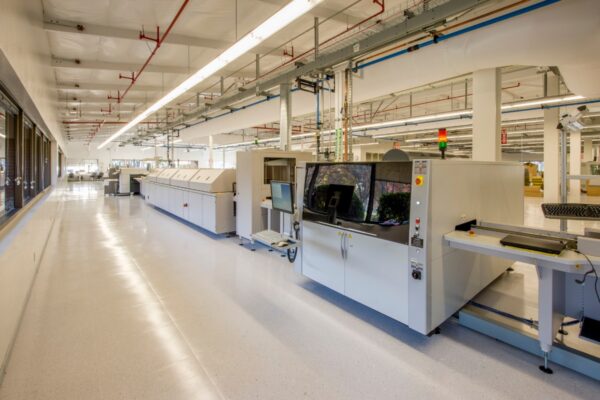What is Automatic X-Ray Inspection (AXI)
Automatic X-Ray Inspection (AXI) is a technology used in the PCB industry to inspect printed circuit boards using X-rays. It is an automated process that provides a non-destructive means of detecting manufacturing errors and hidden defects without causing damage to the circuit board.
AXI is particularly effective in identifying larger gaps and cracks that may not be easily visible through other inspection techniques. It offers a comprehensive inspection of all surface-mounted devices and their solder joints by utilizing X-rays as the scanning source.
The AXI system functions similarly to Automated Optical Inspection (AOI), which captures images of PCB components. However, the key distinction is that AXI employs X-rays for scanning instead of light sources used in AOI. This enables a more detailed analysis of the internal structures and components of the PCB.
The integrated software in the AXI machine generates real-time 2D images of the PCB components, allowing for easy analysis and identification of any defects present on the board. This technology is widely used in various industries, including medical and aerospace manufacturing, due to its ability to provide a non-destructive access to the internal geometries and structural compositions of PCBs.
Frequently Asked Questions
What Is Automated Inspection
Automated inspection refers to the utilization of digital or computer-assisted methods for inspecting, measuring, and analyzing components. This automation can involve various processes such as manipulating the object, collecting measurements, or conducting post-inspection analysis to evaluate the component against a given specification.
What Is the X-Ray Inspection Method
Radiographic Testing (RT) is a non-destructive testing (NDT) technique that involves the use of either x-rays or gamma rays to inspect the internal structure of manufactured components and detect any flaws or defects. During Radiography Testing, the test-part is positioned between the radiation source and film (or detector), allowing for the identification of any potential issues.





